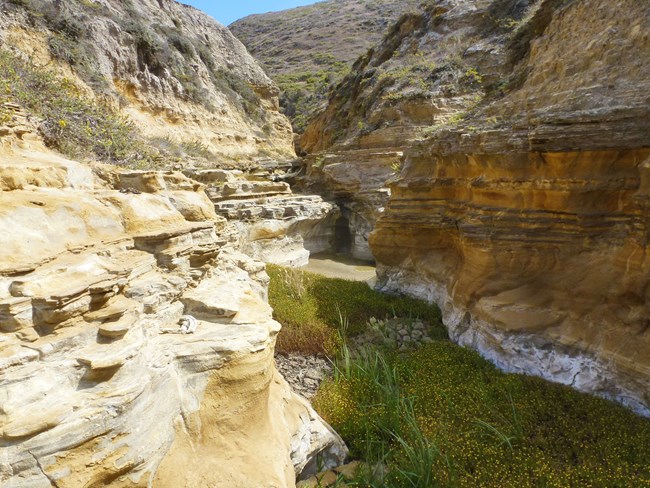
NPS
Why We Care
The Santa Monica Mountains and Channel Islands are graced with numerous streams that support a diverse aquatic community. However, human disturbances, both direct and indirect have altered the natural quality of many of these streams.
On the Channel Islands, past agricultural practices such as cattle grazing and the introduction of feral pigs have resulted in the destruction and degradation of the riparian habitat along some streams. Since removal of cattle and pigs, though, substantial improvement in water quality and riparian vegetation has been observed.
In the Santa Monica Mountains, runoff associated with urban development has resulted in significant increases in stream flow. Several formerly intermittent or ephemerally flowing streams now flow perennially, increasing the availability and consistency of aquatic habitats. However, habitat and water quality is compromised by the generally poor quality of this runoff and the colonization of non-native invasive species such as crayfish, bass, carp, sunfish, the giant reed Arundo donax, and, most recently, New Zealand mudsnail (Potamopyrgus antipodarum) which require perennial flow for their survival.

NPS / Connar L'Ecuyer
Last updated: September 26, 2024
